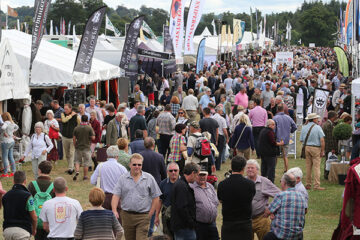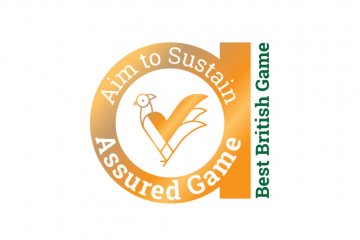Regulatory burden on shooting needs resetting

‘Microregulation’ of shooting is being prioritised over crucial restoration and enhancement projects, according to a new paper by leading rural and shooting organisations.
Published by the Aim to Sustain partnership the white paper, titled ‘Shooting for a level playing field’, highlights the legal irregularities that impede shooting activities within the Habitat Regulations Assessment (HRA) process in England and Wales.
HRA’s are undertaken by regulatory authorities on protected sites to assess whether a ‘plan’ or ‘project’ proposal could ‘adversely effect’ the designated features of the site. With many shooting activities currently requiring HRA’s the paper summarises the key issues and recommendations to aid Defra’s working group who are undertaking a review of the process.
There are multiple examples that show inconsistent and overly precautionary vigour towards shooting disciplines such as wildfowling, pest control and clay pigeon shooting.
Lead author, Marnie Lovejoy, BASC’s head of environmental law, said: “The unduly precautionary and discriminatory approach towards all types of shooting means the regulators are spending more time filling in forms rather than protecting and enhancing our most important habitats. This review presents the shooting community with an opportunity to re-set the balance.
“Shooting provides a significant conservation effort, at no cost to the public purse. Yet this is routinely ignored by those regulating shooting. The activity contributes to less than 1% of disturbance and activity on protected sites, yet it is regulated at the highest level. On the ground conservation practitioners should be viewed as an asset rather than dismissed as undesirable by-product.
“Shooting organisations are not seeking the weakening of environment protections, just a fair, proportionate and more efficient process applied equally across different land uses.”
ENDS…
Notes to Editors:
The Aim to Sustain partnership include the Countryside Alliance (CA), British Game Alliance (BGA), British Association for Shooting and Conservation (BASC), Country Land & Business Association (CLA), Game Farmers’ Association (GFA), Moorland Association (MA), National Gamekeepers’ Organisation (NGO) and Scottish Land and Estates (SLE). The Game & Wildlife Conservation Trust (GWCT) are acting as advisors.
Value of Shooting (2004): Shooting is involved in the management of two thirds of the rural land areas of the UK. Shooting providers spend nearly £250 million per year on conservation and shooters donate 3.9 million workdays a year on conservation projects. http://www.shootingfacts.co.uk/pdf/The-Value-of-Shooting-2014.pdf
The eight recommendations stem from two major flaws within the Habitat Regulations Assessment process:
- The precautionary principle is applied disproportionately. Shooting activities always attract a very high degree of precaution from the regulators, but the precautionary principle must be applied on a sliding scale of proportionality depending on the risk of harm. The risk of serious or irreversible harm should indeed attract strict precaution, but the risk of minor or transient harm requires a more adaptable approach, particularly if potential long term environmental gains are at stake. The precautionary principle must not be used as a justification for disguised protectionism, but a positive and proportionate policy tool taking into account social and economic factors. This is especially true in the area of conservation and biodiversity as an overly precautious approach could lead to the loss of future environmental gains
- Key terms are not adequately defined. Trigger terms for HRAs, such as ‘plan’, ‘project’, ‘ascertain’ and ‘adverse effect’, are not defined in law for the fear of creating exploitable lacunae. These terms, especially ‘plan’ or ‘project’, should operate as filters to avoid unnecessary HRAs, but, in the absence of definitions, regulating authorities interpret these terms so widely that they lose all meaning or relevance


